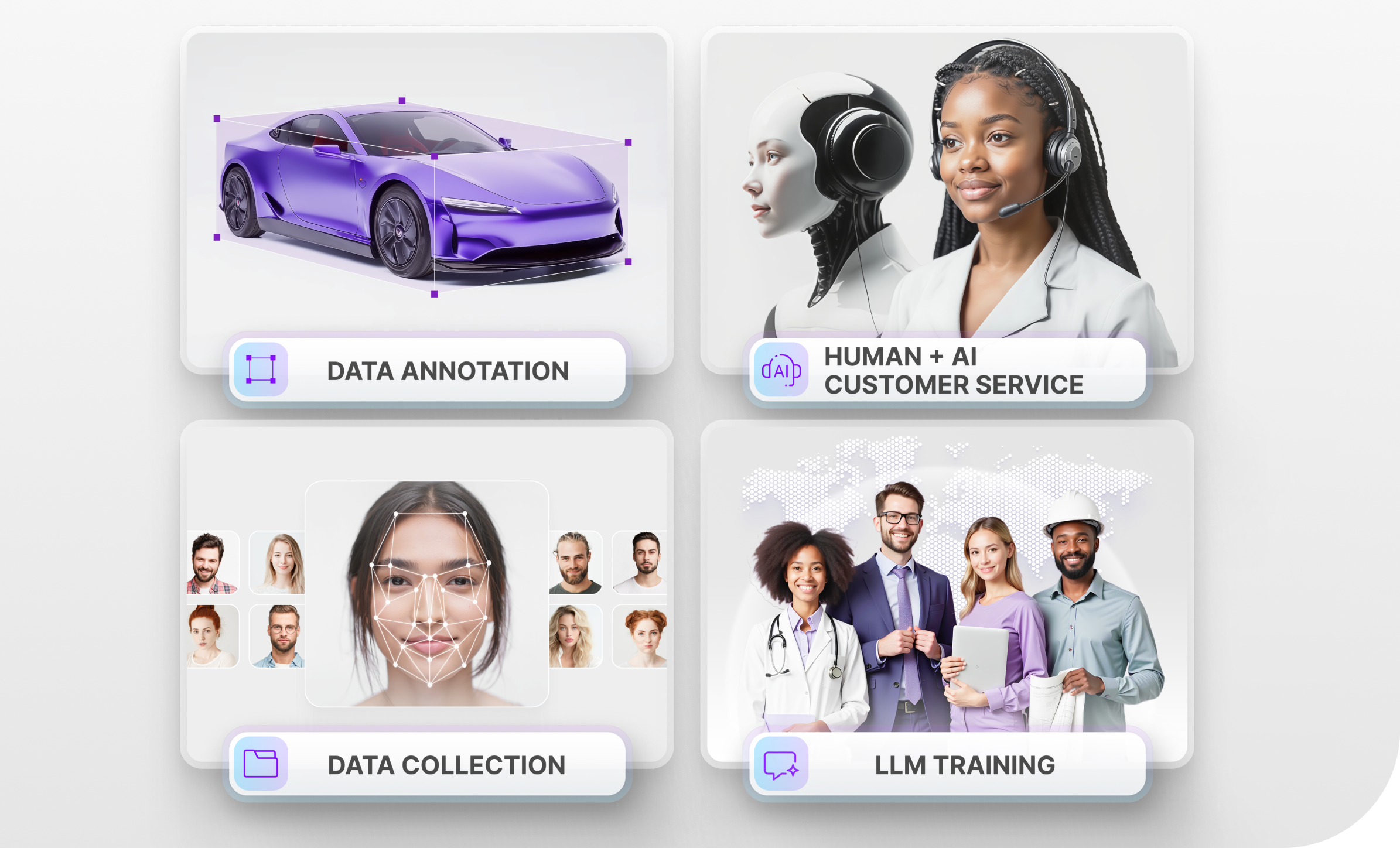Protecting Endangered Animals With AI
While AI is making a big impact in pretty much every business area, it is also important to note some of the ways it is helping to save our planet. Conservationists are increasingly turning to AI as an innovative solution to overcome various biodiversity crises.
In fact, recent data from Wildlabs.net showed that AI is one of the top three technologies used for conservation efforts. It helps protect a diverse set of species and assists law enforcement agents who are often short-staffed, and it is almost impossible for them to cover a vast stretch of land, such as a national park. This is one of the reasons why AI is so useful because it can take a lot of the time-consuming work off the shoulders of human workers, such as constantly monitoring surveillance data.
In this article, we will talk about some of the interesting ways AI is being used to protect endangered species and the data annotation that is required to create it.
Stopping Poachers
Despite the global consensus condemning poaching, countries that are home to elephants, rhinos, and other covered species play the most important role in protecting the animals. They are, after all, the places where the endangered wildlife needs to thrive. Conservationists are aided by AI in their efforts to stop poachers in their tracks. One of the biggest ways AI is helping forest rangers is by spotting poachers and alerting the authorities. Drones fly over the forest and are able to detect poachers with computer vision cameras. Other AI systems go a step further and are able to calculate things like where the poachers will strike next and the best route to take to stop a poacher once they have been detected.
Another interesting application of this technology is Zambia’s Kafue national park which is battling illegal fishing. Zambia’s Department of National Parks and Wildlife and other partners are using AI to enhance conventional anti-poaching efforts, creating a 19km-long virtual fence across Lake Itezhi-Tezhi. They installed computer vision cameras that have been trained to automatically detect boats entering the park, increasing effectiveness and reducing the need for constant manual surveillance. Waves and flying birds can also trigger alerts, so the AI is being taught to eliminate these false readings.

Assessing Animal Populations
Animals usually make distinct noises which allow researchers to use AI to identify the animal calls to get an accurate population estimate of endangered species, track their movements, provide better security, and potentially identify individual animals which can’t be easily seen from the air. It is one of many ways biologists, conservation groups, and research scientists are enlisting artificial intelligence to prevent the illegal killing of elephants across Africa, stop the global trade in their parts and preserve critical habitats. Efforts include using machine learning to detect real-time movement patterns that could alert rangers to poaching and blocking online ads that attempt to sell illegal ivory or elephant parts.The same technology can be used to track amphibious animals, such as whales since it’s really difficult to locate them across vast oceans. At National Oceanic and Atmospheric Association (Noaa) fisheries in the Pacific islands, acoustic recorders are used to monitor marine mammal populations at remote and hard-to-access islands. Knowing where whales are is the first step in putting measures such as marine protected areas in place to protect them.
What Types of Data Annotation are Necessary to Create These Technologies?
If we look at the technology used to stop poachers, computer vision cameras need to be able to detect poachers on land or on boats. This would require image annotation work to be done where the data annotators label datasets with bounding boxes around the poachers and boats or simply tag the images depending on the needs of the project. If the AI system needs to identify the various types of animals, data annotators would also need to label the images of animals with their corresponding names.
The AI used to identify animal sounds is a bit more complex to annotate since this requires audio annotation. The data annotators would need to listen to audio files and classify components of audio that come from people, animals, the environment, instruments, and so on. If the sound is coming from an animal, the data annotators will label this as well as the name of the animal making the sound.
Trust Mindy Support With All of Your Image and Audio Data Annotation Needs
Mindy Support is a global company for data annotation and business process outsourcing, trusted by several Fortune 500 and GAFAM companies, as well as innovative startups. With nine years of experience under our belt and offices and representatives in Cyprus, Poland, Romania, The Netherlands, India, and Ukraine, Mindy Support’s team now stands strong with 2000+ professionals helping companies with their most advanced data annotation challenges.





